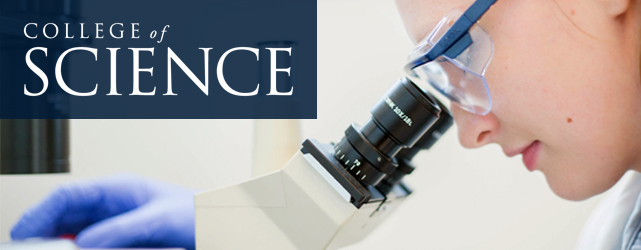Document Type
Article
Author ORCID Identifier
Derek F. Harris https://orcid.org/0000-0003-4277-2976
Holly R. Rucker https://orcid.org/0009-0002-9374-3497
Amanda K. Garcia https://orcid.org/0000-0002-1936-2568
Zhi-Yong Yang https://orcid.org/0000-0001-8186-9450
Scott D. Chang https://orcid.org/0009-0006-2874-0731
Hannah Feinsilber https://orcid.org/0009-0003-5466-665X
Betül Kaçar https://orcid.org/0000-0002-0482-2357
Lance C. Seefeldt https://orcid.org/0000-0002-6457-9504
Journal/Book Title
mBio
Publication Date
6-13-2024
Publisher
American Society for Microbiology
Journal Article Version
Version of Record
Volume
15
Issue
7
First Page
1
Creative Commons License

This work is licensed under a Creative Commons Attribution 4.0 License.
Last Page
14
Abstract
Life depends on a conserved set of chemical energy currencies that are relics of early biochemistry. One of these is ATP, a molecule that, when paired with a divalent metal ion such as Mg2+, can be hydrolyzed to support numerous cellular and molecular processes. Despite its centrality to extant biochemistry, it is unclear whether ATP supported the function of ancient enzymes. We investigate the evolutionary necessity of ATP by experimentally reconstructing an ancestral variant of the N2-reducing enzyme nitrogenase. The Proterozoic ancestor is predicted to be ~540–2,300 million years old, post-dating the Great Oxidation Event. Growth rates under nitrogen-fixing conditions are ~80% of those of wild type in Azotobacter vinelandii. In the extant enzyme, the hydrolysis of two MgATP is coupled to electron transfer to support substrate reduction. The ancestor has a strict requirement for ATP with no other nucleotide triphosphate analogs (GTP, ITP, and UTP) supporting activity. Alternative divalent metal ions (Fe2+, Co2+, and Mn2+) support activity with ATP but with diminished activities compared to Mg2+, similar to the extant enzyme. Additionally, it is shown that the ancestor has an identical efficiency in ATP hydrolyzed per electron transferred to the extant of two. Our results provide direct laboratory evidence of ATP usage by an ancient enzyme.
Recommended Citation
Harris DF, Rucker HR, Garcia AK, Yang Z, Chang SD, Feinsilber H, Kaçar B, Seefeldt LC. 2024. Ancient nitrogenases are ATP dependent. mBio 15:e01271-24. https://doi.org/10.1128/mbio.01271-24


